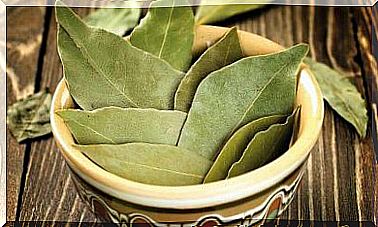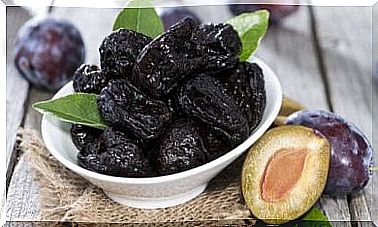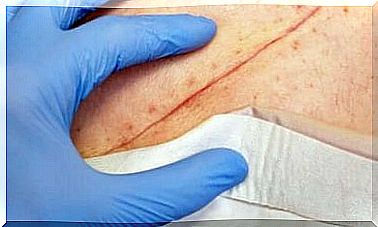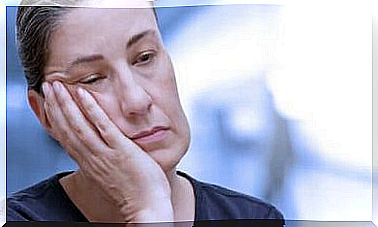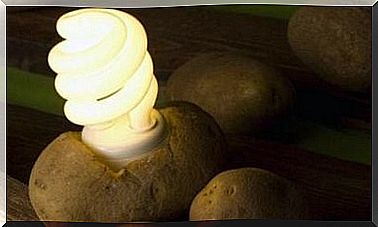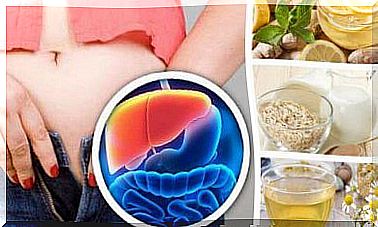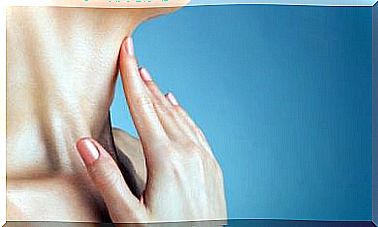“We Need To Know What Food Security Is.” Interview With Gemma Del Caño
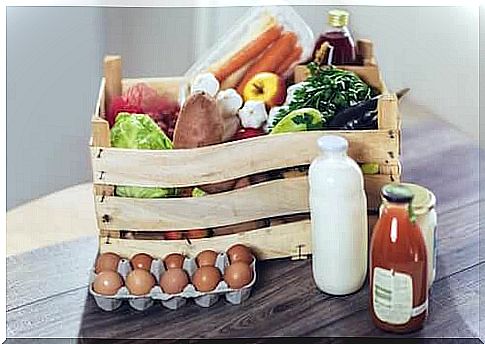
We know how important thoughtful shopping is for healthy eating and reaping the benefits of eating. Why should we also consider food security ?
Nowadays, with shopping in mind, we usually worry about choosing the “best” products that will allow us to enjoy health or provide pleasure. However, the term ” food security ” is being heard more and more .
We want food to be of high quality, with adequate nutritional value and to bring us maximum benefit. In addition, we want to have a choice, to be able to make it directly, and to always choose the best.
To do this, however, we must be well informed and carefully observe what we decide to take with us to the basket – not only by reading the data in large print.
Gemma del Caño and food security
Gemma del Caño – better known in her social networks as @farmagemma – is a graduate of pharmacy, specializing in industrial pharmacy and development research, and holds a Masters in Innovation, Biotechnology and Food Security.
She is a science promoter and auditor of BRC (food security). Today, it will help us unravel some of the most common consumer problems.

How can you guide someone unfamiliar with the term “food security”? What does it mean?
It would be interesting to point out the very distinction between “food security” and “harmlessness”. While we use the former term regularly, we actually often refer to the latter.
Meanwhile , food safety refers to the availability of food, and its harmlessness to the fact that the food we eat is not harmful to health. However, we usually talk about safety rather than harmlessness.
Advances in security understood in this way have saved millions of lives, and this primarily gives us peace of mind when shopping for food, because we know that we will not encounter a toxic infection, foreign body or chemical contamination.
Of course, zero risk doesn’t exist, but today we eat the safest food ever.

Do you think most people know enough about what actually happens in the food industry?
No, and the responsibility for this lies with the food industry itself, which has been unclear for years and decides to misinform on many occasions to take advantage of consumers. This happens, for example, with additional substances.
Any such approved additive is safe (not necessarily necessary). If we promote a “no additives” product as something good, we are making the consumer think that the “no additives” one is bad when it may not be true at all.
The problem is the product itself, not the ingredients added to it. There are foods with additives that are fantastic (such as canned legumes) and foods that are a bad choice without additives (such as heavily processed baked goods).
Where can you go to fill the knowledge gaps? What do you recommend for the general public?
The European Food Safety Authority (EFSA) or the Food and Drug Administration (FDA) in the US are reliable sources of information.
What we need to run as far as possible is fake news and scams that appear on WhatsApp or Facebook. They misrepresent information or lie directly to get more clicks.
The reality is much more boring than some would like to believe, and fear sells. We should not succumb to disturbing theories. Instead, it’s always a good idea to refer to official sources. Currently, there are many popularizers, also in the field of food safety, trying to dispel the myths.
Many experts recommend reading labels to help people find out what they are buying and consuming, and to develop their own criteria. However, there are many times doubts as to how to correctly interpret the data. What are your recommendations on this matter?

Ingredients are always listed from dominant to smallest. We should be able to identify the product we see on the packaging with what we read in the ingredients list.
If we read on the packaging that we have CHEESE in front of us, and the ingredients include milk, salt, rennet and fermentation, then it is true – we are actually dealing with cheese. On the other hand, if a product looks like cheese but contains “cheese and more” in its composition, be suspicious.
Let’s not get carried away by the big words “with vitamins”, “without palm oil” on the packaging. Always read the label, not the packaging. The label doesn’t lie. Uppercase letters should not force us to ignore lowercase letters.
Let us return to the question of why not all additives and preservatives are bad?
It’s about the popular belief that all add-ons are bad. In fact, preservatives, emulsifiers, etc. improve product properties, reduce the problem of food waste. On the other hand, some of them – such as sweeteners – may not be necessary as they only seem sweet, but not toxic.
The same goes for flavor enhancers like tomatoes, Parmesan and crabs. They all contain monosodium glutamate and are suitable products. On the other hand, an unhealthy snack will remain just as unhealthy whether it contains glutamate or not. The problem will still be the product, not the add-on.
Why isn’t everything that is done at an industrial level bad? What are the advantages that we must consider in order not to panic?
The industrial sector allows us to consume the products we want at the best price and when we feel like it. Remember that there are many correct foods that are manufactured at an industrial level. These are, for example, frozen fish, legumes, pasta, wholemeal bread.
Just because something is an industrial product doesn’t mean it’s bad. We just have to choose the right product, always prioritizing food that has a precisely described composition on the label.
Do you think parents should pass on ideas for food safety to their children?
This is fundamental for several reasons. First, because food safety starts in the industrial sector, but ends in our home. Almost half of food poisoning occurs in our homes, so children should know how to handle food to keep it safe.
On the other hand, children should go to supermarkets with their parents to find out that all food is safe.
What do you think is the “life cycle” of health and food myths?
Many of them return cyclically, we have to say them over and over again. Videos such as the apple “with plastic” – when in fact it only contains edible waxes that protect against mold and damage – or others about “how the industry deceives us”, which turns into virals, spreading misinformation among people about food.
Is having clear criteria and knowing what we eat is a relief or a constant worry? Why?
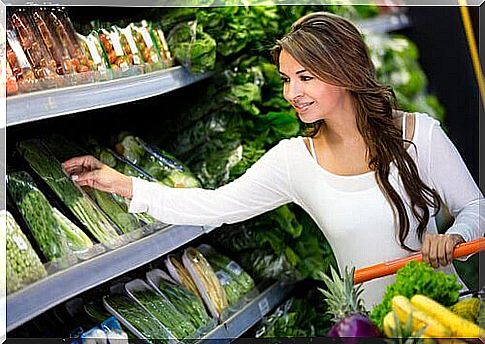
It’s actually a responsibility. Since we eat several times a day, we should be aware of what is so often ours. Without going overboard, but with your head.
It is important to read the labels and not to get carried away by gimmicks like ‘zero’, ‘without’ etc. It seems like it takes time to gather reliable data, but you only need to do it once. Once we choose the right food, the next time we do it much faster and cheaper, because we will immediately eliminate unnecessary products.
If we consciously fill the basket with food, it will be a real relief. This guarantees a safe and healthy diet.
If we know what we buy, we eat better
As we can see, it is important when buying that we learn to read product labels and not just look at flashy inscriptions on packages or advertisements that we have seen in the media. Thanks to this, we have the opportunity not only to choose what is most appropriate for us. It also allows us to better understand the products we take home.
As Gemma del Caño argues, after the first attempts it will be easier for us to decide what to throw out of the shopping cart and what should go there regularly. The idea is to give us the opportunity to make an informed choice and always give priority to official sources of information.

